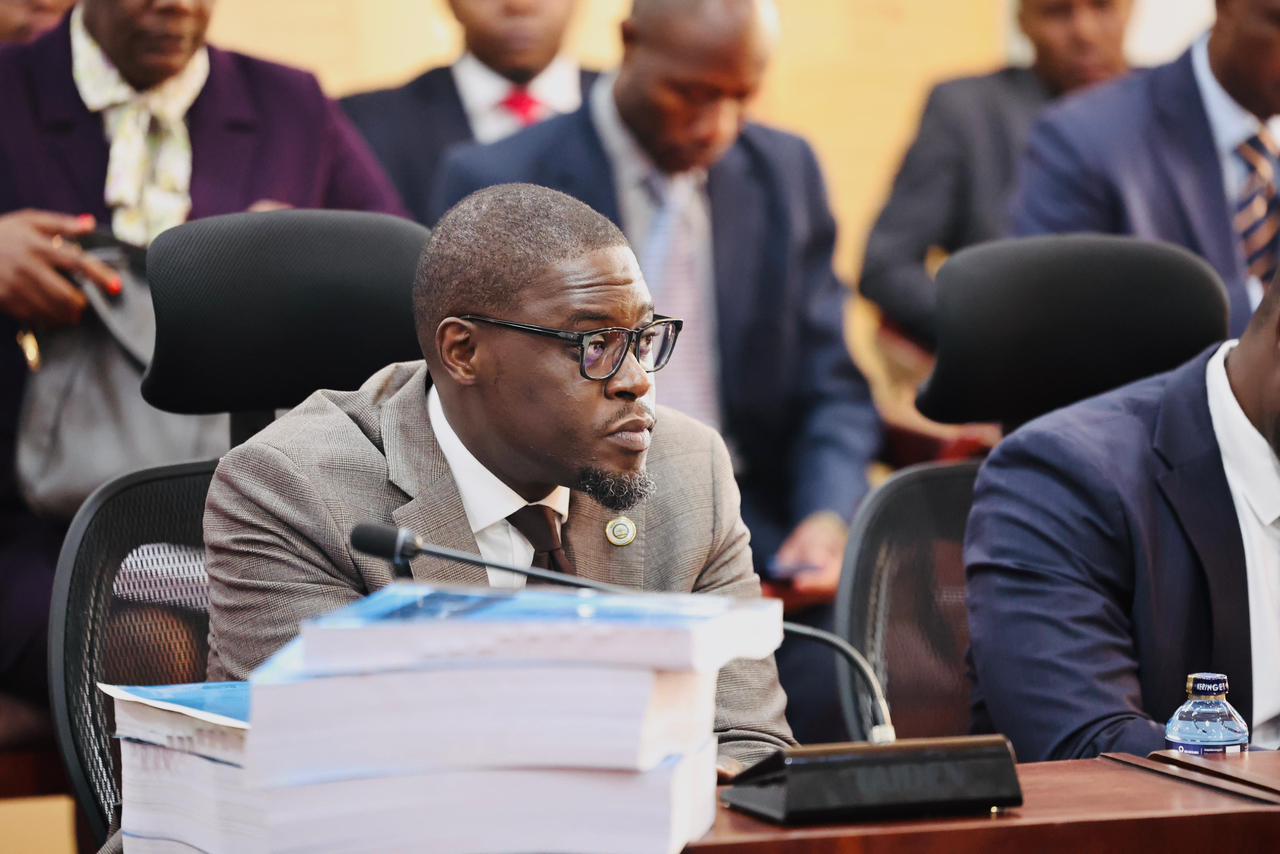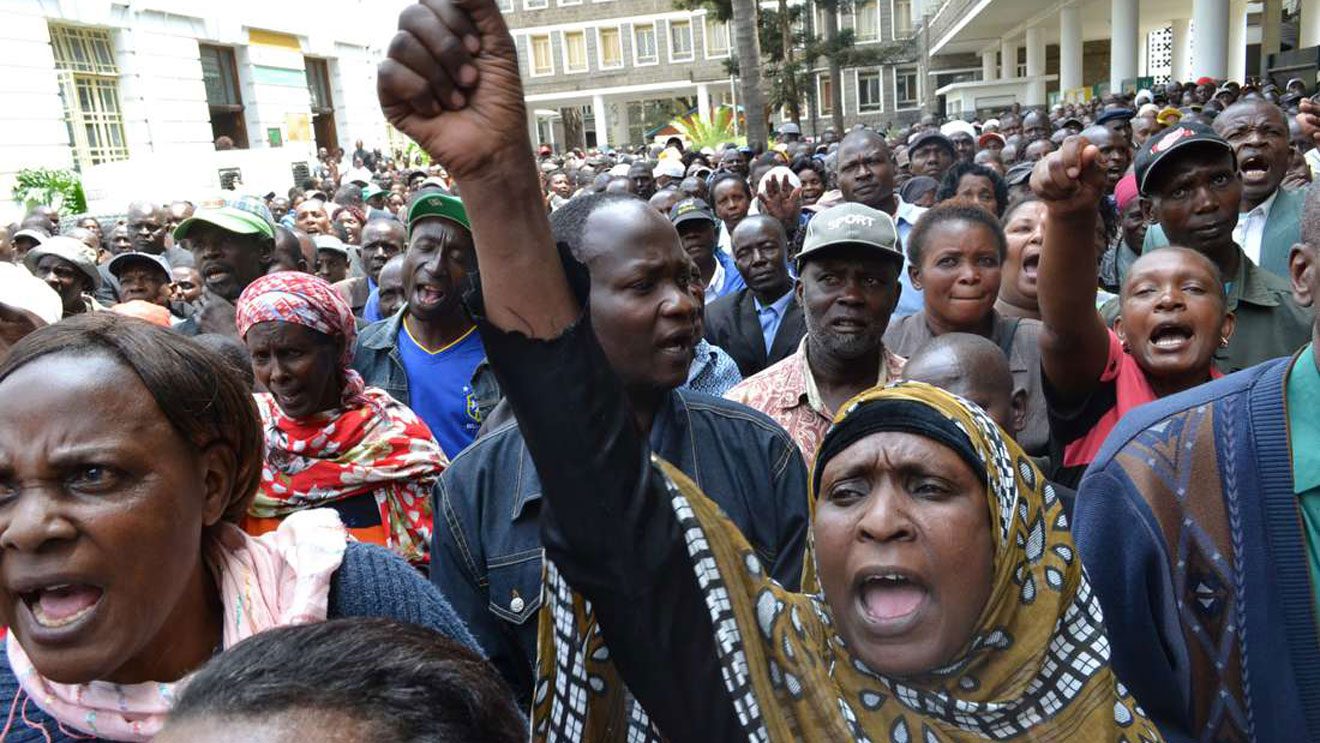
Governor Johnson Sakaja has made a strong plea for affirmative action to urgently increase the number of public schools in Nairobi County, stating that the current facilities are “far from adequate” to serve the capital’s booming population.
Appearing before the Senate Education Committee on Thursday, October 30, Governor Sakaja outlined the severe challenges facing education in Nairobi, particularly the scarcity of public school spaces and the escalating demand for bursaries.
Sakaja told the committee that the existing 210 public schools are critically insufficient for a county of over seven million residents.
“The 210 public schools we have cannot meet the demand for our population of over seven million people,” the Governor emphasized. He highlighted that securing land for new schools is a major hurdle due to it being both scarce and expensive.
To immediately address the current classroom congestion, Sakaja noted that his administration is constructing 1,500 ECDE classrooms, complementing the 5,000 classrooms being built by the national government. This joint effort aims to help bridge the educational gap in the short term.
Expanding the School Feeding Programme
In addition to addressing infrastructure, Governor Sakaja updated the senators on plans to expand the successful ‘Dishi na County’ school feeding programme to include learners in informal settlements.
Currently, the programme utilizes 17 central kitchens within Nairobi’s 230 public schools, feeding 316,000 learners.
The Governor expressed his desire to include every child, including those in informal schools, but acknowledged that expanding the scheme would require substantial additional funding and infrastructure. “If it were up to me, every single child in Nairobi would be on Dishi na County, including those in informal schools,” he said.
As a temporary measure while the budget and infrastructure are sorted, Sakaja revealed that the county government is identifying public schools located near informal learning centres. This initiative will allow children from these areas to visit the nearby public schools to receive a lunch meal. He noted that including all informal schools would necessitate building 69 more kitchens.
Governor Sakaja’s testimony underscores the urgent need for a targeted, collaborative approach between the county and national governments to address the foundational educational deficits in the country’s largest metropolitan area.






